It may surprise you that the Boy Scouts of America now allows youth of any gender or sexual orientation to join its ranks and become Eagle Scouts.
It's been true for five years, but has not been obvious to the casual observer. That began to shift this week: to better reflect the gender diversity in its ranks, the organization will change its name in 2025 to Scouting America.
This is a major step for the 114-year-old organization. It represents a level of inclusion that was won after decades of activism and court battles. But while these policies are all good news, and now any kid in America can join the program, transgender and nonbinary youth have struggled to find their place.
This is primarily due to a system of binary "boy troops" and "girl troops" in Scouting that leaves many gender-nonconforming youth out in the cold. A lack of guidance on their inclusion has rankled many adult volunteers who want to support them.
Now is the time for the BSA to fix this. By embracing its moral leadership, Scouting has the opportunity to make its program a true safe haven for these vulnerable youth at a time when many other institutions are threatening their physical safety.
The BSA first moved to allow trans boys into the program in 2017, after a shockingly brief period of activism by a trans boy from New Jersey. In contrast to the decades the BSA spent fighting to keep gay boys and men out of the ranks before finally admitting them in 2015, Scouting leadership made an about-face on the issue of trans inclusion in a matter of months.
The BSA made a surprisingly strategic choice here and managed to alter its policy on trans youth during a markedly less hostile political moment. The decision was soon followed by another, more significant one on gender, which would allow cisgender girls into Cub Scouts and Boy Scouts starting in 2018 and 2019, respectively. At the time, the signature Boy Scouts program was rebranded as Scouts BSA to reflect this new, inclusive era (but the name of the parent organization remained Boy Scouts of America, creating some confusion).
So here we are now, in a moment where cisgender, transgender, and gender-expansive youth are all allowed to join Scouts as a matter of policy, and the organization is being renamed for the first time in its history. Scouting America, as it will soon be known, has also made some moves to embrace these members as a matter of culture. At a national conference in 2022, the organization created "affinity spaces" catering to historically excluded populations: Girls, Scouts with disabilities, Scouts of color, and LGBTQ+ Scouts. I volunteered on the staff of the LGBTQ+ space, known as ArrowPride, and marveled at the crowds of youth who passed through all week.
The following year, the BSA replicated these spaces at its National Jamboree. It hugely impacted the youth who could attend the event and see themselves reflected by the organization.
But that's also the problem: Most Scouts never attend a national conference or Jamboree. What matters most is the Scouts' experience in their weekly troop meetings and campouts. Trans and nonbinary youth are still struggling to navigate the program.
One obvious solution is to remove the mandated separation of "girl troops" and "boy troops" that has existed ever since the BSA opened the door to girls. This current setup forces a complicated dance of paperwork for teens transitioning. While the BSA allows boy and girl troops to be "linked" and attend meetings and campouts together, members must still register with and participate primarily in only one unit.
The organization has argued in the past that this separation is necessary due to developmental differences between teenage boys and girls—a reality they say is based on neuroscience. But the science doesn't support that claim; it's more likely that gender separations reinforce, rather than reflect, any "inherent" differences between boys and girls.
The BSA's leaders have fielded a lot of debate over the binary troop system, with some members strongly opposing it and others fully supporting it. Along with its name change this week, the BSA announced it will start a limited pilot in September for a “combined troop” option for those who want their units to be fully coed. The good news is that the BSA has decades of experience running successful coed units, through its lesser-known Venturing, Sea Scouting and Exploring programs for older teens.
Allowing all troops to be fully coed would be a significant first step, but more is needed. The BSA must also fully embrace nonbinary and gender-nonconforming youth. It is not enough to quietly allow them to join, only to leave them and their parents scrambling to figure out the logistics, as they often are forced to do.
The organization can and should issue clear guidelines on including nonbinary youth and share them proudly and publicly. It should also continue to develop and strengthen its DEI training for adult leaders to help ensure that volunteers in every Scout troop are equipped to support nonbinary kids.
Here's why all of this matters: The BSA has the power to be a lifesaving force for queer and gender-nonconforming kids.
I've heard from queer Scouters that the BSA—even with its imperfections—serves as a refuge when homophobia and transphobia run rampant at home, in school, or on sports teams. As one queer Scout told me: "Scouting literally saved my life."
In a country where only 43 percent of LGBTQ+ youth report their home is an LGBTQ-affirming space, it is remarkable that Scout troops in this country are open to youth of all genders and sexual orientations. The BSA says it wants every youth to join, and is now even renaming itself in that image. But it must follow through on its promise and make sure trans and nonbinary kids are safe when they get there.
Mike De Socio is an Eagle Scout, independent journalist and author of the forthcoming book, "Morally Straight: How the Fight for LGBTQ+ Inclusion Changed the Boy Scouts—and America." His work has been published in the Washington Post, Bloomberg, the Guardian, Fortune, Xtra, YES! Magazine, and more. He lives in upstate New York.
Voices is dedicated to featuring a wide range of inspiring personal stories and impactful opinions from the LGBTQ+ and Allied community. Visit Advocate.com/submit to learn more about submission guidelines. We welcome your thoughts and feedback on any of our stories. Email us at voices@equalpride.com. Views expressed in Voices stories are those of the guest writers, columnists and editors, and do not directly represent the views of The Advocate or our parent company, equalpride.

























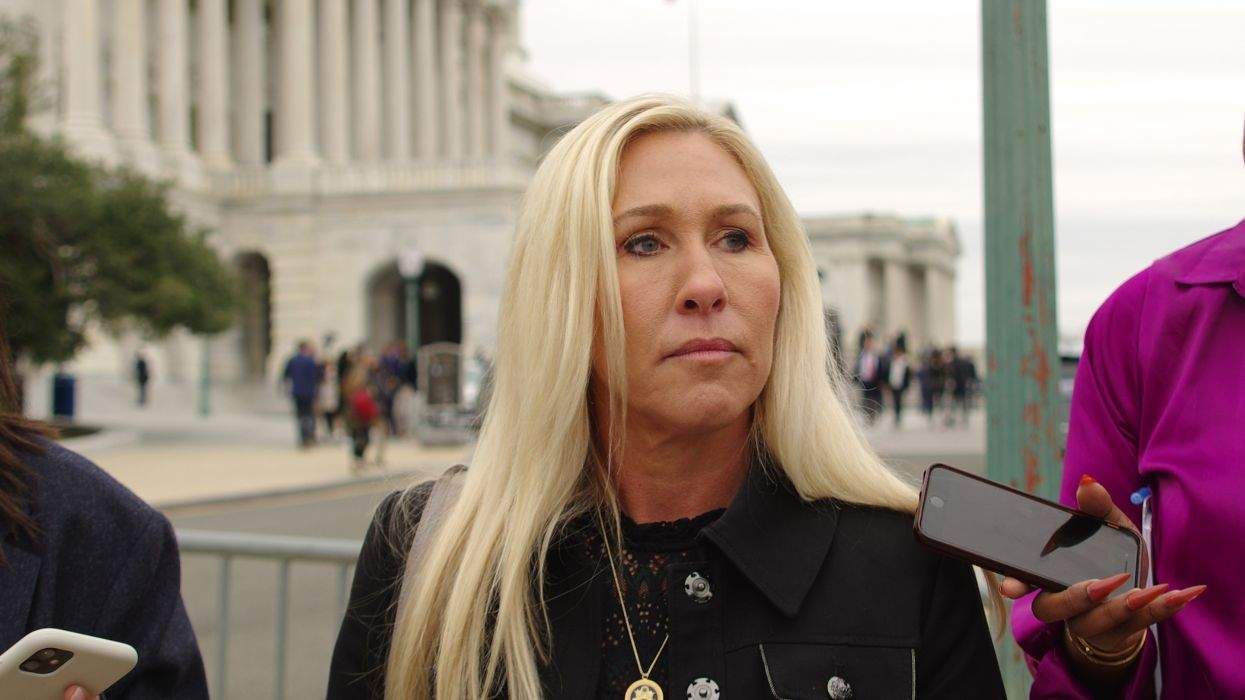

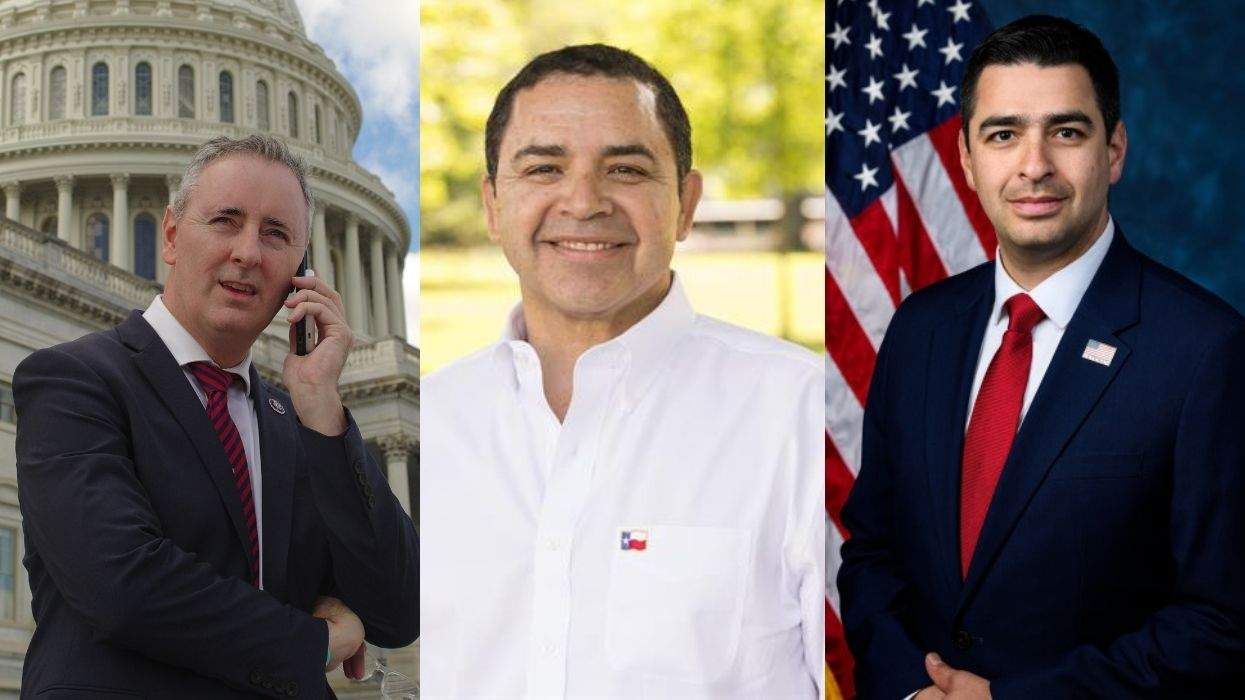
























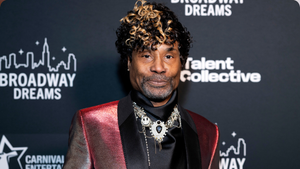



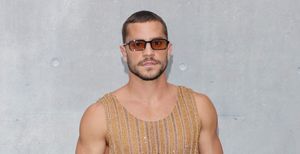

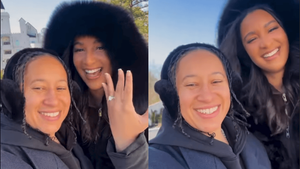









Charlie Kirk DID say stoning gay people was the 'perfect law' — and these other heinous quotes